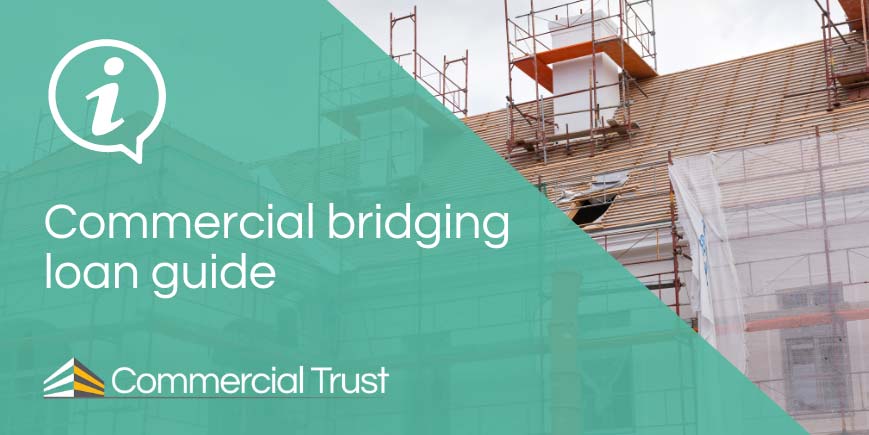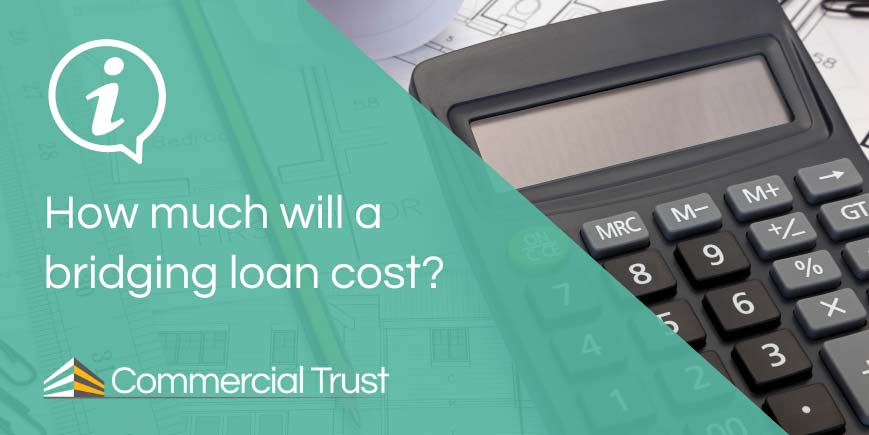This information should not be interpreted as financial, tax or legal advice. Mortgage and loan rates are subject to change.

Categories: guides | bridging loan guides
A second charge bridging loan is a type of bridging loan that is taken out when there is an existing bridging loan or mortgage secured against a property and additional borrowing is required.
Second charge bridging loans are popular among property investors, developers, and homeowners who need to raise funds quickly for various reasons.
Given that they are secured against your property, if you default on the loan, the lender could take possession of the property and sell it to recover their money.
What are the benefits of a second charge bridging loan?
There are several benefits of taking out a second charge bridging loan:
Great for those that need funds quickly
One of the main benefits of a second charge bridging loan is that it can provide quick access to funds. The application process is usually faster than a traditional mortgage and the funds can be released within a matter of weeks.
This can be particularly useful for those who need to raise funds fast, such as property investors who need to complete a purchase quickly.
Ideal for those who already have a mortgage
Second charge bridging loans are also ideal for those who already have a mortgage secured on their property, but don’t want to make changes to that mortgage in order to raise money.
There are many uses for a second charge bridging loan
A second charge bridging loan can be used for a variety of purposes. It is often used to finance property purchases including the deposit and developments, such as renovations or extensions. Additionally, it can be used to pay off outstanding debts, or to provide working capital for a business.
Think carefully before securing other debts against your property. Your property may be repossessed if you do not keep up repayments on your mortgage. By consolidating your debts into a mortgage you may be required to pay more over the entire term than you would with your existing debt.
When are second charge bridging loans useful?
There are several situations where a second charge bridging loan can be useful:
When you have an existing low interest rate on your mortgage
If you have an existing mortgage with a low interest rate that you don’t want to move away from, you might opt to take out a second charge product.
You could take out a second charge mortgage, or a second charge bridging loan. A second charge bridging loan will typically be quicker to arrange, if speed is of the essence, and is suitable when you only need to raise money for a short period of time before paying it off again.
A second charge mortgage is more appropriate when you need to borrow money over a longer period of time.
If you are subject to early repayment charges
If you are within the initial rate period of a mortgage and would have to pay early repayment charges to change your mortgage in order to borrow more, this can be expensive.
A second charge bridging loan can be a cost-effective way to access additional funds, as you can keep your existing mortgage in place. Once you are outside your early repayment charge period, you can remortgage to pay back the second charge bridging loan.
How far away you are from coming to the end of your initial rate period may affect your decision on how to raise the funds you need.
If you are unable to borrow more with your current lender
If you have already borrowed the maximum amount from your current lender, a second charge bridging loan can be a useful option to raise additional funds.
A different the lender may be willing to lend you more than your current lender, based on higher loan to value criteria (i.e. they are prepared to let you borrow a greater percentage of the value of your property as a loan than your existing lender).
How much can you borrow for a second charge bridging loan?
The amount you can borrow for a second charge bridging loan will depend on the value of your property and the amount of equity you have. Typically, you can borrow up to 75% of the value of your property.
What types of property can be used as security with a second charge bridging loan?
Second charge bridging loans can be used to extend the borrowing on various types of properties, including residential, commercial, and semi-commercial properties. This includes properties that are deemed as unmortgageable, such as properties with structural issues or those in a poor state of repair. However, the property must have enough equity to support the second charge.
Who is eligible for a second charge bridging loan?
To be eligible for a second charge bridging loan, the borrower must have sufficient equity in the property they wish to secure the loan against. The borrower must also have a clear exit strategy in place, such as the sale of the property or to refinance to longer-term borrowing (e.g. a buy to let or commercial mortgage).
What is the difference between a bridging loan and a second charge bridging loan?
A bridging loan is a short-term loan used to bridge a gap in financing, typically between the purchase of a property and the sale of an existing property, or to pay for property refurbishments. They are divided into two categories – regulated and unregulated bridging loans.
Regulated bridging loans are for a property you will live in. They are subject to regulation by the Financial Conduct Authority (FCA).
Unregulated bridging loans are for flipping property (buying a property, doing it up and selling it), or rental property (either buy to let or commercial).
A second charge bridging loan is a new loan that sits alongside existing borrowing (a mortgage or another bridging loan), allowing applicants to increase their borrowing.
The first loan or mortgage is the ‘first charge’ and the lender behind it is the first organisation able to recoup their debt if a borrower doesn’t keep up with their payments.
Any lender offering second charge lending is second in the queue when it comes to recouping an unpaid loan. They therefore are at more risk of not covering the debt, so tend to charge higher interest rates.
How can Commercial Trust help?
A specialist mortgage broker, such as Commercial Trust, can help borrowers find the most suitable second charge bridging loan for their needs. We have access to a wide range of lenders and products, and can provide expert advice on the best options available.
We can also assist with the application process and help borrowers prepare the necessary documentation and liaise with lenders to ensure a smooth application process.
In conclusion, second charge bridging loans can provide a useful source of additional finance when you are midway through a project, or don’t want to touch existing borrowing when raising money. However, it is important to seek professional advice and consider all options before making a decision.
To better understand the interest rates charged on an unregulated bridging loan, use our bridging loan calculator.
Want to discuss a second charge bridging loan? Request a call-back from one of our expert brokers.
FAQs
The time it takes to complete a second charge bridging loan can vary depending on several factors. Generally, the process can be expected to take between 2 and 4 weeks, but could be in 48 hours, depending on the lender.
The speed of the loan completion process will depend on various factors, including the complexity of the transaction, the lender’s underwriting process, and the efficiency of the borrower in providing the necessary documentation and information.
In some cases, lenders may offer fast track processing, which can significantly reduce the time it takes to complete the loan.
It’s also important to note that the time it takes to complete a second charge bridging loan can be affected by external factors, such as the speed at which solicitors and surveyors complete their work. Therefore, borrowers should ensure that they have all the necessary documentation and information ready and available to help speed up to process.
Yes, in most cases, the first charge lender will need to give consent for a second charge bridging loan to be taken out on a property. This is because the first charge lender has a legal charge over the property and is entitled to be repaid before any other creditors in the event of default.
The first charge lender will typically require notification and details of the proposed second charge, including the amount, term, and interest rate. The lender may also require that certain conditions are met before giving consent, such as obtaining a valuation of the property or obtaining legal advice.
It’s important for borrowers to obtain consent from the first charge lender before proceeding with a second charge bridging loan, as failure to do so could result in legal action being taken against them. Additionally, borrowers should be aware that the first charge lender may charge an administration fee for providing consent.
It may be possible to obtain a second charge bridging loan with bad credit, but it can be more challenging than getting a loan with good credit.
Lenders offering second charge bridging loans will typically consider various factors, including the borrower’s credit history, income, and the value of the property being used as security. While bad credit can make it more difficult to obtain a loan, it may still be possible to get a loan if the borrower can demonstrate that they have a reliable source of income and a strong repayment plan.
Borrowers with bad credit may need to seek out specialist lenders who are more willing to work with borrowers with poor credit histories. These lenders may offer higher interest rates, therefore it is important to carefully consider the overall cost of the loan before proceeding.





